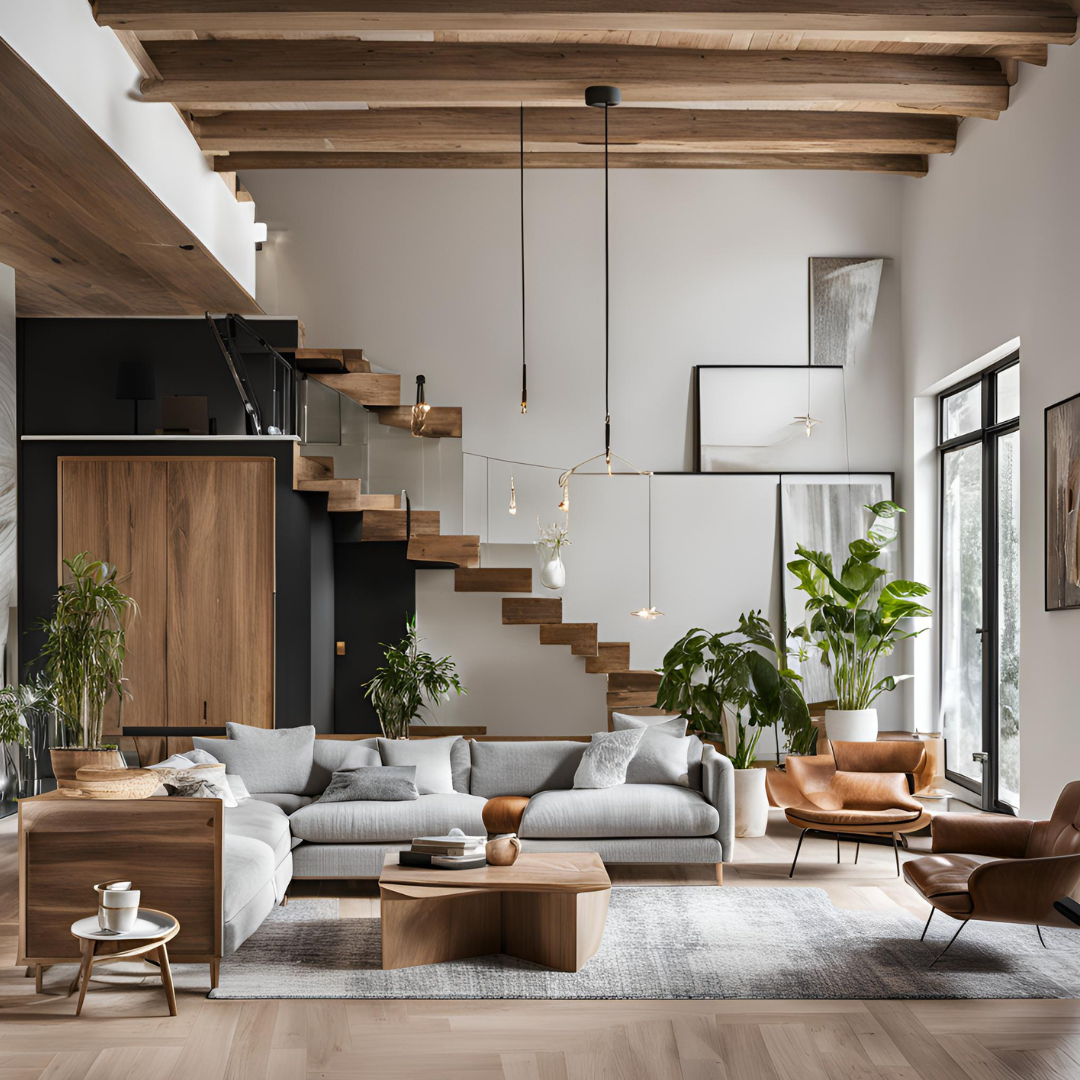
Minimalism isn’t just about reducing the number of things you own—it’s about creating a living space that exudes calm, balance, and purpose. For those renovating their homes, embracing minimalist principles can lead to a more organized and inviting environment. In this post, we’ll dive into how to incorporate minimalism into your home design, focusing on clutter-free spaces, natural tones, and thoughtfully chosen furniture that enhances, rather than overwhelms.
The Benefits of a Minimalist Space
A minimalist home is more than just aesthetically pleasing—it’s a space that can significantly enhance your overall well-being. Here’s how:
- Reduces Stress: A clutter-free environment promotes peace of mind. Minimalism simplifies your space, making it easier to keep things organized and clean, which in turn reduces anxiety and creates a serene atmosphere.
- Maximizes Functionality: By focusing on essentials, you make sure every piece in your home serves a purpose. Whether it’s a multi-functional coffee table or storage-savvy shelving, each element of a minimalist home adds value without creating visual noise.
- Enhances Natural Light: Fewer distractions and open spaces allow natural light to flow freely, making rooms feel larger and brighter. Light, airy spaces foster a sense of tranquility and openness.
Designing for Functionality and Beauty
Minimalist design thrives on the balance between beauty and practicality. Here’s how you can merge the two in your renovation:
- Prioritize Purposeful Furniture: Instead of filling rooms with many decorative items, choose furniture that is functional and stylish. Opt for timeless pieces—like a sleek sofa or a well-crafted dining table—that not only fit the space but also serve a practical role.
- Focus on Open Space: Create negative space by leaving areas intentionally open. This gives your room room to breathe and makes each item you do display stand out. Avoid overcrowding your shelves, walls, and countertops.
- Neutral Color Palettes: Minimalism often employs neutral tones like whites, creams, soft grays, and natural shades of wood. These palettes are calming, visually cohesive, and make spaces feel larger. Using one dominant color with subtle variations keeps the room unified yet interesting.
Using Textures and Materials to Add Depth
While minimalism avoids excess, it doesn’t have to be boring. You can add interest and warmth to your design with different textures and materials.
- Layering Textures: Incorporate various textures to add dimension to your minimalist space. Think linen curtains, wool rugs, and leather cushions. These materials add a subtle richness without clashing or overwhelming the simplicity of the design.
- Natural Elements: Bring nature into your home with natural wood, stone, or organic textiles. Wood finishes—whether in flooring or furniture—add warmth, while stone details can offer a clean, sophisticated look.
- Statement Pieces: A minimalist space doesn’t mean you have to eliminate bold design. A single abstract painting or a striking piece of furniture can serve as the focal point in an otherwise neutral and calm room, adding character while staying true to minimalist principles.
Final Thoughts
Minimalism is about more than just aesthetics—it’s a lifestyle that promotes calm, clarity, and intentional living. By focusing on clutter-free design, natural tones, and purposeful furniture, you can create a home that feels both inviting and inspiring. As you plan your renovation, remember that minimalism isn’t about stripping away personality but highlighting the beauty in simplicity.
